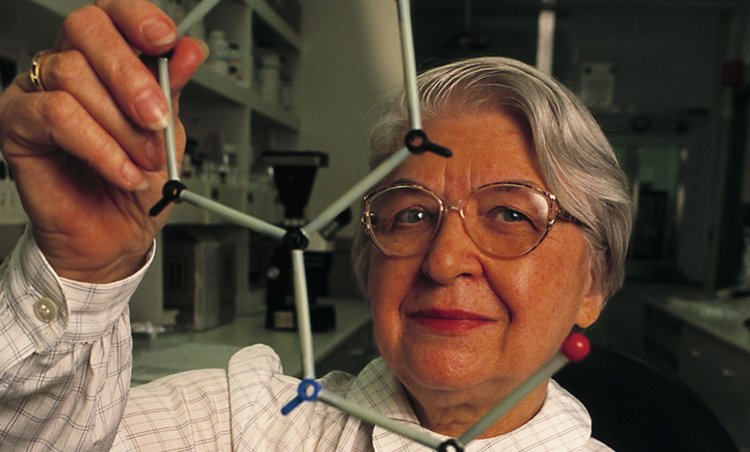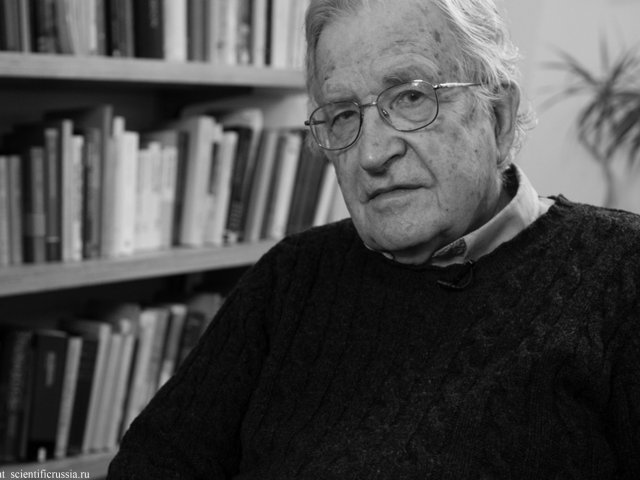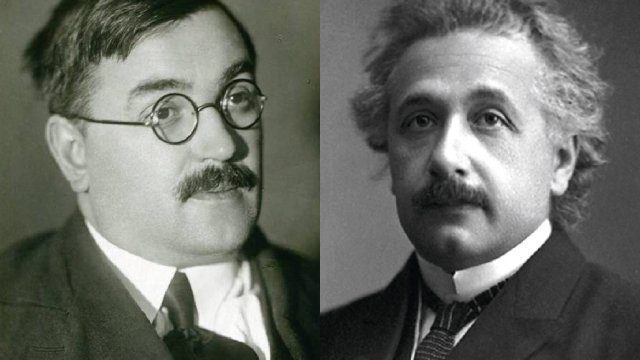Official:
Stephanie Louise Kwolek. July 31, 1923 – June 18, 2014. American chemist known for inventing Kevlar.
Life and Work:
1. The synthetic fibers poly-paraphenylene terephthalamide are used as a material for tennis rackets, skis, ropes, and bulletproof vests. It is used in aviation and shipbuilding to make car tires, firefighters’ boots, hockey sticks, cut-resistant gloves, and armored vehicles. Explosion-proof materials are created with its help. We more often know this material as Kevlar.
2. The title of Edwin Wyckoff’s biographical book describes the Kevlar creator exhaustively: The woman who invented the thread that stops bullets: the genius of Stephanie Kwolek.
3. The brilliant chemist was born on the outskirts of Pittsburgh, United States, where her parents moved from Poland where they had the name Chwałek. Her father fostered Stephanie Louise’s interest in nature and was exploring the surrounding fields and forests, collecting herbaria together with her.
4. Her mother was a seamstress, and the girl inherited an interest in fashion from her. However, this interest was limited to sewing doll dresses: the mother warned her in due time that Stephanie’s perfectionism would simply make her starve to death in this business.
5. When he grew up, Miss Kwolek wanted to become a doctor and earned a Bachelor of Science degree with a major in chemistry from Margaret Morrison Carnegie College of Carnegie Mellon University. She planned to be a doctor and save money for medical education that was quite expensive at that time.
6. It was year 1946, and some Kwolek’s male peers had not demobilized and had not switched to a peaceful life yet. This is the reason for the existence of vacancies at DuPont one of which was offered to Kwolek.
7. The girl considered her job interesting and decided not to become a doctor. In 1959, her publication in the Journal of Chemical Education received an award from the American Chemical Society.
8. In this publication, Kwolek described the famous nylon rope trick. This is a scientific demonstration invented by Kwolek that illustrates some of the fundamental chemical principles of step-growth polymerization and provides observers with an opportunity to see the production of a synthetic polymer in a beaker at atmospheric pressure and room temperature. This trick is still demonstrated at US schools today.
9. The USA expected a shortage of gasoline in the early 1960s. Kwolek’s team started looking for a lightweight yet durable fiber to replace steel in tires. After numerous experiments, Kwolek managed to obtain a solution that she later described in the following way: “The solution was unusually (low viscosity), turbid, stir-opalescent and buttermilk in appearance. Conventional polymer solutions are usually clear or translucent and have the viscosity of molasses, more or less. The solution that I prepared looked like a dispersion but was totally filterable through a fine pore filter. This was a liquid crystalline solution, but I did not know it at the time.”
10. Kwolek persuaded the technician to pass the questionable solution through spinnerets with difficulty. The resulting fiber surprised everyone: Kwolek just could not believe her eyes when she saw the results of measuring the new thread strength. “I didn’t shout “Eureka,” but I knew that I had made a discovery,” the researcher later told reporters.
11. Her discovery generated several billion dollars of revenue for the company, but she never benefited directly from it financially. However, she had her hours and years of fame: the prestigious Lemelson Inventor Prize, the Perkin Medal – the highest US award in the chemical industry, the US National Medal of Technology. Kwolek became the fourth woman to be added to the National Inventors Hall of Fame. Kwolek was awarded honorary doctor’s degrees from several universities.
12. In 40 years of her work, Stephanie Kwolek patented two dozen inventions, including a method for preparing PBO and PBT polymers.
13. After her retirement, Kwolek was teaching students and continued as a consultant to DuPont where she had worked for her entire life. On the day of her death, the company announced that it had sold the millionth vest made of Kevlar created by her.






















